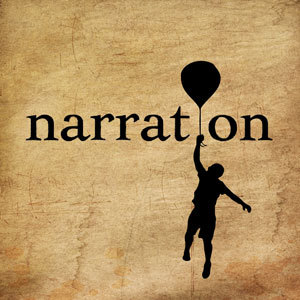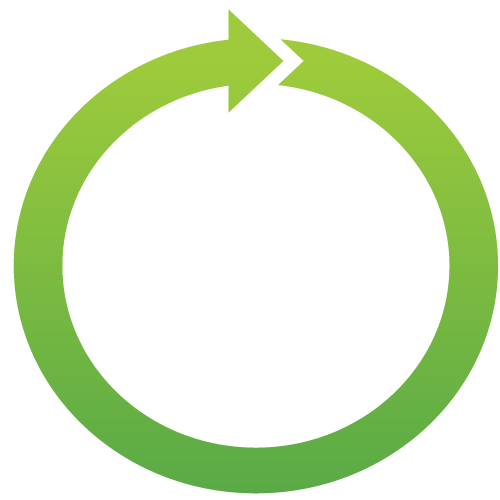Narrative Structure
What Is A Narrative?
•An easy definition of a narrative would be to tell a story. However, narrative does not just involve telling the story itself. It’s about how the story itself is organised and structured.
•An important factor of narrative to take note of is that it has both a story and a plot.
•It can be seen as a gateway where the narrator, or the "voice of God" can communicate directly with the reader or the viewer.
•It is formally classed as one of the four rhetorical modes of discourse.
•"Evidence strongly suggests that humans in all cultures come to cast their own identity in some sort of narrative form. We are inveterate storytellers.” –Owen Flanagan, Duke University

The Importance of Narrative Structure
- While it may not appear to be important, narrative structure helps to define the meaning of a book, film, documentary or anything with a plot.
- For example, in children's stories, the most common narrative device used is 'Once upon a time'. This phrase invites us to continue reading and explore the story with the narrator
- Just like any other popular story, the narrative structure helps shape a story into a journey with the storyteller or the narrator.
Circular Narrative
A circular narrative is a type of narrative that starts and finishes at the same point. This kind of narrative helps to convey a 'loop' impression, which can be conventional within documentaries. Documentarians often start and finish their documentaries with the same point, which both raises the issue and allows the audience to reflect on the intentions of the creator.

Linear Narrative
A linear narrative is a narrative which follows a timeline of consecutive events that flow in a chronological manner. This means that events are ordered correctly on their timeline. Linear narratives have a beginning, a middle and an end. They are the most basic form of narrative structure, which is extremely conventional.

The beginning is where we are introduced to the characters and the plot. By the middle, an event would have begun and the story would have progressed considerably. Them, at the end, there is a resolution to the event within the story and everything is settled.
Open Narrative
An open narrative is where the audience is left with unanswered questions. There are loose ends everywhere, and there is a clear lack of a solid resolution within the plot or the story. This leaves the story up to interpretation by the audience and they will be required to figure out what happens next by themselves.

Closed Narrative
A closed narrative is where there are no loose ends. There are clear conclusions and there are resolutions to every problem within the plot. This makes it the complete opposite to an open narrative, and it is far easier to understand by the audience. Everything is essentially 'fed' to the audience through a clearly conveyed plot line.

Non-Linear
Non-linear narratives are narratives where the story is disjointed. The narrative is non-sequential and doesn't follow chronological order.
There is also no definite starting point; the narrative can be random and gives room for choice by the reader. This is usually picked for more complex stories and is not commonly found within documentaries.
Single Strand
Single strand narratives are narratives that have one single hero, who is surrounded by multiple minor characters. The story and plot will follow the central hero.
A single strand narrative will often incorporate an antagonist who tries to get in the antagonist's way, but a single strand narrative will keep the focus directly on the protagonist and their journey throughout the story. Their progression is prioritised.
'Man of Steel', the most recent movie based on the Superman comic book series, is a single strand narrative.
Multi-Strand
A multi-strand narrative is unlike a single strand narrative. As the name suggests, there is not one single character or protagonist in a multi-strand narrative. Instead, there are two or more separate groups of characters that exist at one time within a narrative.
The purpose of this is to take the attention away from what the strands do and the action that occurs with them. Instead, the audience focus on how the strands relate to one another.
An example of a multi-strand narrative is X-Men.
Which one might we use?
- We have decided that a linear narrative style would be the most appropriate style of narrative to follow.
- This is due to the nature of our documentary being a video diary - it needs to flow in a chronological manner in order for it to make sense. Therefore, linear narrative would be the best option to go for because of its chronological and simple style.
- Linear narratives are also extremely conventional within documentaries, so we will be able to take inspiration from other existing documentaries.